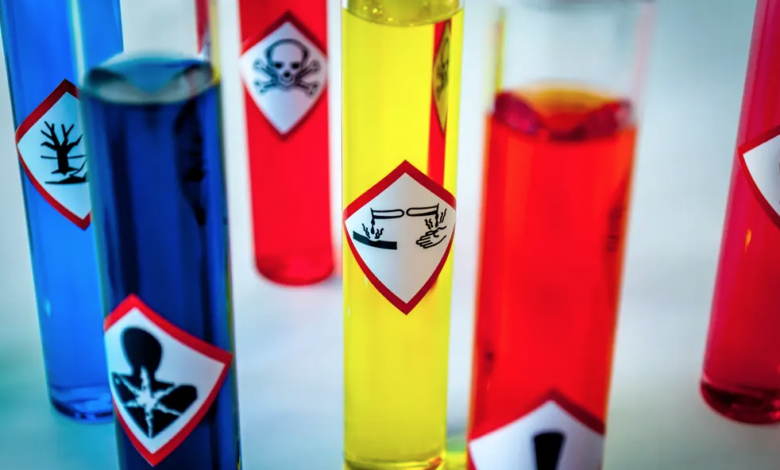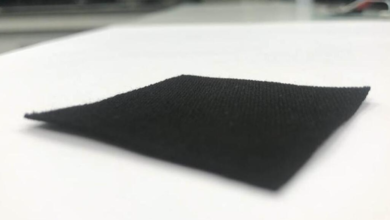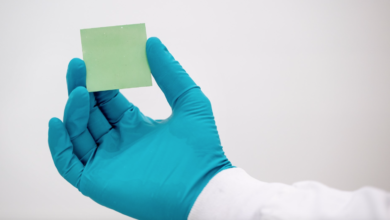Discovered in USA a method to destroy the PFAS
Using supercritical oxidation, the technique called PFAS Annihilator has just reached commercial application
Revive Environmental, a US company, announced the widespread commercial application of its PFAS elimination technique. With an overly ambitious name like “PFAS Annihilator,” they claim that it will eliminate these dangerous substances from more than 600,000 liters of leachate every day.
Landfill leachate is treated at Grand Rapids, Michigan, a facility operated by Heritage-Crystal Clean. Now, technology is ready for the large-scale commercial leap.
“We are providing a solution for this great challenge – said David Trueba, president and CEO of Revive – Our mission is to restore community confidence globally by safely and permanently destroying contamination from PFAS”.
How Does Technology Break Down PFAS
Annihilator uses a supercritical oxidation process to quickly break down the carbon-fluoride bond that allows PFAs to persist for decades or centuries in the environment. A supercritical fluid is a substance maintained at temperature and pressure above its critical point. In this state, the fluid is neither a liquid nor a gas and has properties of both. When leachate is pumped into the Annihilator, high temperatures and pressure force it to pass this threshold. In less than 30 seconds, the PFAS molecules are broken up. Clear water with inert salts and fluoride comes out.
Read also New limits for PFAS and PFOA: 116 scientists against WHO
The PFAS Annihilator was successfully tested on a small-scale pilot basis by Battelle at the Grand Rapids plant just one year prior to its commercial distribution. However, the research that underlies it started twenty years ago and has only recently started to pay off.
PFAs are not just destroyed by Annihilator in landfill leachate; it may also target them in other forms of waste, like industrial wastewater. Even AFFF (Aqueous Film Forming Foam) firefighting and soil remediation foams can employ it. The device is said to be able to replace conventional methods of disposal by totally eliminating PFAS.
At the moment, the waste containing them is sent to landfills or injected deep into the ground. In some cases, they are subjected to heat treatment by incineration, which may not completely destroy the PFAS.
Used since the 1940s, PFAS have been called “forever chemicals” because of the difficulty of eliminating them. They have been used in a wide range of consumer and industrial products, from non-stick pans to stain-resistant fabrics, from paints to metal plating, from food packaging to fire-fighting foams. Then it was noticed that they enter the environment and re-enter the food chain, causing serious damage to health.






